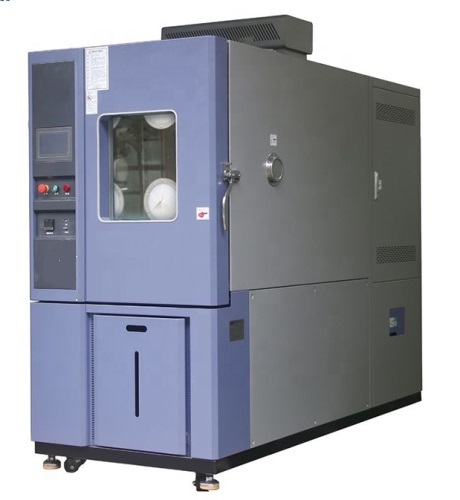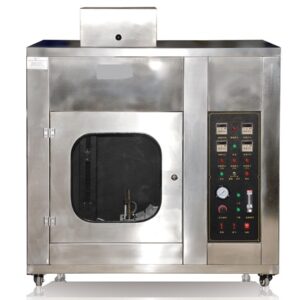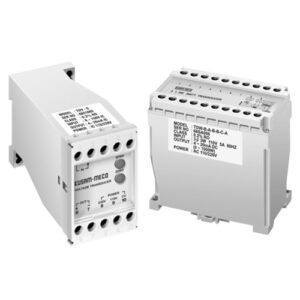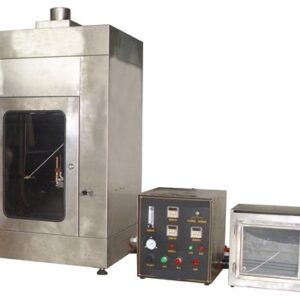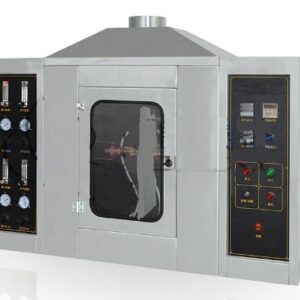Thermal Shock Test Chamber for Semiconductor Hardware Plastics
<p class="stock in-stock"></p>
No description
Specifications:-
Model Number:-D467
Internal dimensions:-W500 * H300 * D400 mm
Warranty:-1 Year
Laboratory temperature:– 40 ℃ – 100 ℃
External dimensions (approx.):-W1400 x H1800 x D1700 mm
Material:-SUS 304 Stainless Steel
Standard:-ASTM C149
Power:-Electronic
Temperature uniformity:-±2 ℃
Temperature fluctuation:-±1 ℃
Impact temperature range:– 40℃ ~ 150 ℃
High temperature tank:-4.5 KW
Product Description
Thermal Shock Test Chamber for Semiconductor Hardware Plastics
| Performance: wind cooling type at room temperature ±25℃, no load:- | |
| Impact temperature range | Impact temperature range: – 40 ~ 150 ℃ |
| Temperature setting range of high temperature cell | + 60℃ ~ + 200℃ The temperature tank is about 35 minutes rise time of the high temperature from RT to + 200 degrees ℃ (room temperature + 10 ~ + 30℃ (room temperature)). |
| The temperature setting range of cryogenic tank | From – 60 ℃ to – 10 ℃ The cooling time from RT (room temperature) to -60 ℃, of the cryogenic tank is which takes ℃ ~ + 30 ℃ about 90 min room temperature + 10 |
| Laboratory temperature | – 40 ℃ – 100 ℃ |
| Temperature fluctuation | ±1 ℃ |
| Temperature uniformity | ±2 ℃ |
| Shock recovery time | – 40℃ ~ +100℃ (no load), (high isothermal time is more and low temperature takes about 3 minutes shock than 30 minutes each). |
Frequently Asked Questions:-
What is a thermal shock test chamber?
Thermal Shock carrier basket that to dramatic controlled moves changes in each automatically transports Environmental Chambers have a product temperature zones. A single product carrier is under test separately between zone, subject to the product temperature.
How does thermal shock work?
Thermal shock rapidly cooled from a high surface occurs when an object’s development of contracts against the propagation of temperature. The layers lead to the inner layers, tensile stress, and cracks.
What is a semiconductor explain.
Semiconductors have conductivity between conductors Semiconductors are materials which (generally metals) and (such as most ceramics). Semiconductors nonconductors or insulators can be pure elements, such as gallium arsenide as silicon or germanium, or compounds cadmium selenite.

